Back Pain Treatment Specialist
Back Pain Treatment Specialist: Back pain is the most common reason people go to the doctor or miss work and is one of the leading causes of disability worldwide. Almost everybody will have back pain at least once in their life.
One can take measures to prevent and/or relieve most back pain problems. Prevention is key, but things can and do happen, and therefore simple home treatment and proper body mechanics will usually do the trick and heal your back within a few weeks and keep it functional for the long haul. Surgery is usually not needed in treating back pain.
Table of Contents
Symptoms: Back Pain Treatment Specialist
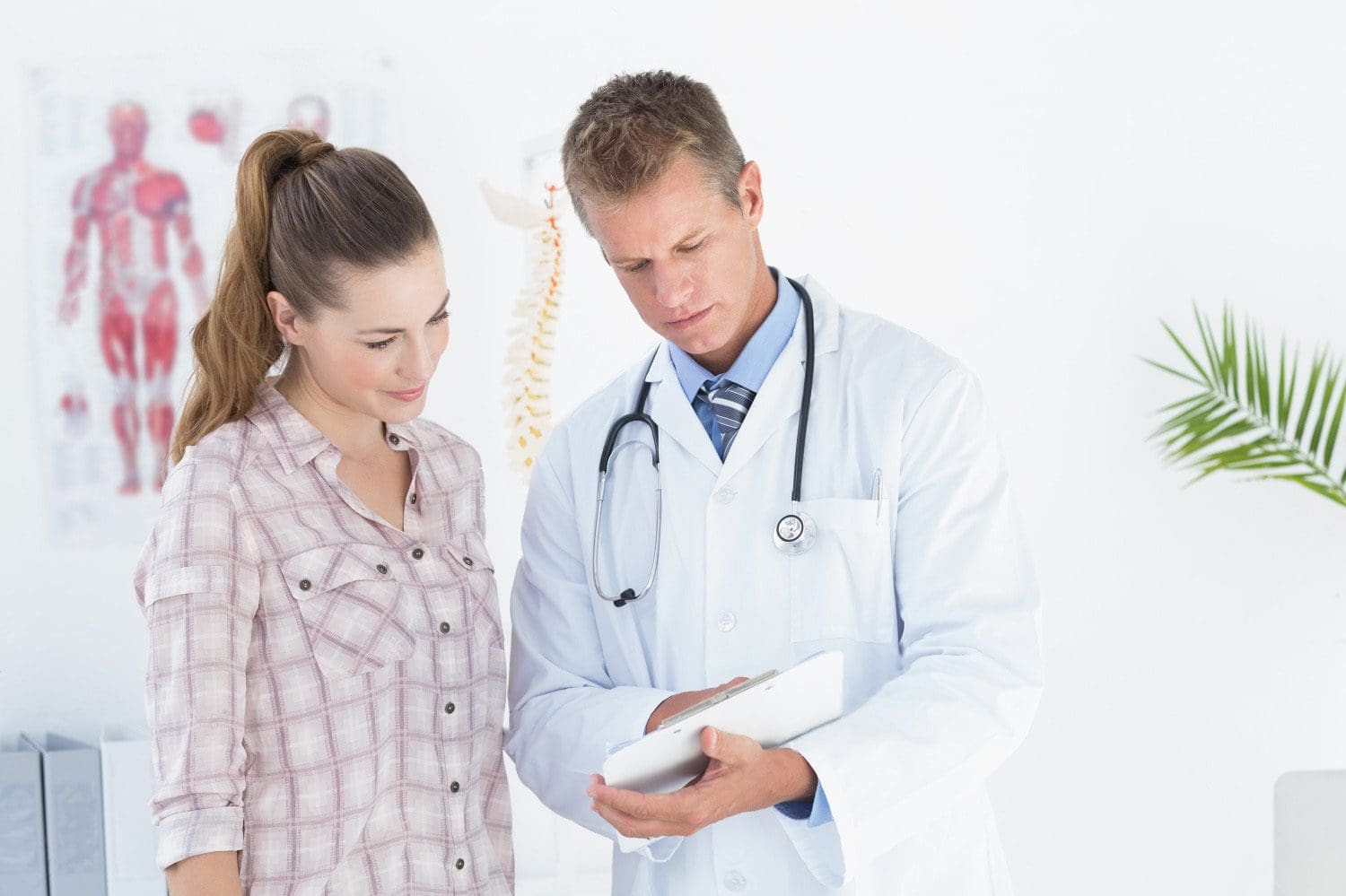
Signs and symptoms of back pain may include:
- The Back Has Limited Flexibility/Range Motion
- Muscle Ache
- Pain Radiates Down The Leg
- There Is Shooting Or Stabbing Pain
See A Doctor When:
Usually, back pain improves with home treatment and self-care within two weeks. If it does not, then see a doctor.
There are cases where back pain can signal a serious medical problem. Seek immediate medical attention when back pain:
- Causes New Bowel/Bladder Problems
- Comes After A Fall, A Blow To The Back Or Other Injury
- Is Accompanied By Fever
See A Doctor If Back Pain:
Causes weakness, numbness, or tingling in one or both legs
- Is Accompanied By Unexplained Weight Loss
- Is Severe & Does Not Improve With Rest
- Radiates Down One Or Both Legs, & Especially If The Pain Extends Below The Knee
Also, see a doctor if back pain begins for the first time after age 50 if there is a history of cancer, osteoporosis, steroid use, or drug and/or alcohol abuse.
Causes

Back pain can show up suddenly then last six weeks or less (acute). This type may be have been caused by a fall or heavy lifting. Back pain that lasts more than three months or more (chronic) is not as common as acute pain.
The pain often develops without a specific cause that a doctor can identify with a test or image study. Conditions that are commonly linked to back pain are:
- Arthritis: Osteoarthritis can affect the lower back. In some cases, spine arthritis can narrow the space around the spinal cord, which is a condition called spinal stenosis.
- Bulging or Ruptured Discs: Discs perform the role of cushions between the bones (vertebrae) in the spine. The soft material inside can bulge or rupture, which puts pressure on the nerve/s. One can have a bulging or ruptured disc without back pain. Disc disease is often found incidentally when undergoing spinal X-rays for some reason.
- Muscle or Ligament Strain: Repeated heavy lifting or sudden awkward movement may strain back muscles and spinal ligaments. If the body is in poor physical condition, constant strain on the back can cause painful muscle spasms.
- Osteoporosis: The spine’s vertebrae can develop compression fractures if the bones become porous and brittle.
- Skeletal Irregularities: Back pain can happen if the spine curves abnormally. Scoliosis is a condition in which the spine curves to the side and can also lead to back pain, but generally only if the scoliosis is severe.
Risk Factors
Anyone can develop back pain, children and teens included. However, research has not proven what contributes to back pain. These factors might put one at a greater risk of developing back pain:
- Age: Back pain becomes common as the body gets older. This begins around the age range of 30 or 40.
- Diseases: Certain types of arthritis & cancer can contribute to back pain.
- Excess weight: Carrying excess weight puts added stress on the back.
- Improper lifting: Using the back instead of the legs can lead to back pain.
- Lack of exercise: Unused and weakened back muscles can lead to back pain.
- Psychological conditions: People that suffer from depression and anxiety appear to have a greater risk of back pain.
- Smoking: This comes from the body not delivering the proper amount of nutrients to the discs in the back.
Prevention:
We can avoid back pain or prevent recurrence through an improved physical condition and learning/practicing proper body/posture mechanics.
Keep The Back Healthy & Strong: Back Pain Treatment Specialist
Exercise: Low-impact aerobic workout/activities that do not strain or jolt the back. These can increase strength and endurance in the back and allow the muscles to function better. Walking and swimming are good. Talk with a doctor about the best activities.
Build Muscle Strength And Flexibility: Abdominal/back muscle exercises (core-strength exercise) help condition these muscles, so they work together as a natural back brace. Flexibility in the hips and upper legs aligns the pelvic bones with improving how the back feels. The doctor or physical therapist can tell which exercises are right.
Healthy Weight: Excess weight strains the back muscles. Trimming down the excess weight will prevent back pain.
Proper Body Postures: Back Pain Treatment Specialist
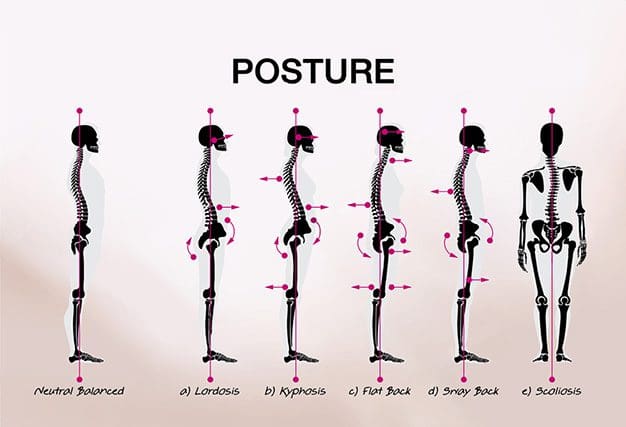
- Proper Standing Posture: Proper posture is the key, as it reduces the stress placed on the back muscles. A neutral pelvic position is a goal. If there must be a standing position for long periods, placing one foot on a low-level footstool, alternating the procedure, will take the load off the lower back.
- Proper Sitting Posture: One needs a seat with good lower back support, armrests, and a swivel base. If not, then placing a pillow or rolled towel in the small of the back to maintain its normal curve will help. Keeping the knees and hips level. Change the position at least every half-hour.
- Proper Lifting Posture: Avoid heavy lifting, if possible, but if something heavy must be lifted, allow the legs to do the work. Keep the back straight, avoid twisting and bend only at the knees. Hold the load close to the body. And ask for help if the object is heavy or awkward.
Diagnosis:

When seeing a doctor for back pain, they will examine the spine and assess the ability to sit, stand, walk and lift the legs. The doctor will ask for a pain rate on a scale of zero to ten. They will ask about daily activities and what steps are taken in functioning with back pain.
This determines where the pain comes from, how much movement before the pain forces stopping activities, and whether there are muscle spasms. This will help rule out the more serious causes of back pain.
If there is reason to suspect a specific condition causing the back pain, the doctor may order various tests:
- X-Ray: Images show the alignment of the bones and whether there is arthritis or broken bones. These images alone won’t show problems with the spinal cord, muscles, nerves, or discs.
- MRI Or CT Scans: These images may reveal herniated discs, problems with bones, muscles, tissue, tendons, nerves, ligaments, and blood vessels.
- Blood Tests: These help determine whether there is an infection or other condition that might be causing the pain.
- Bone Scan: A doctor may use a bone scan to look for bone tumors or compression fractures caused by osteoporosis in rare cases.
- Nerve Studies (Electromyography, EMG): This test measures electrical impulses produced by the nerves and responses of the muscles. This test can confirm nerve compression caused by herniated discs or the narrowing of the spinal canal (spinal stenosis).
Treatment: Back Pain Specialist
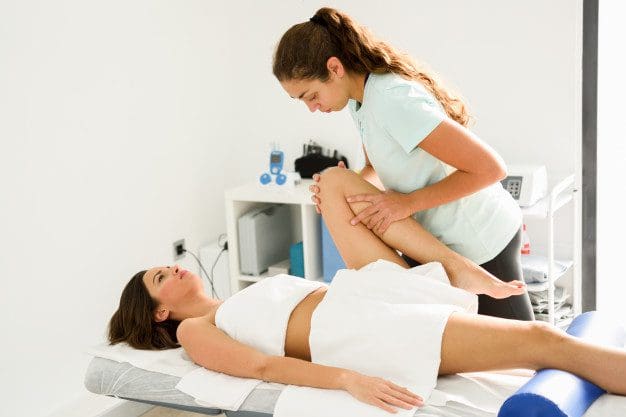
Most acute back pain improves within a few weeks of home treatment. Over-the-counter pain relievers, along with the use of heat or ice, might be all that is needed. However, bed rest is not recommended.
Continue activities as whatever is tolerable. Light activity, i.e., walking/daily activities. Stop the activity that increases pain, but don’t avoid activity from fear of back pain. If home treatments don’t work after several weeks, a doctor might suggest stronger medications or alternative therapies.
Medications:
Depending on the type of back pain, a doctor might recommend the following:
- Over-the-counter (OTC) pain relievers: Non-steroidal anti-inflammatory drugs (NSAIDs), such as ibuprofen (Advil, Motrin IB, others) or naproxen sodium (Aleve), might relieve acute back pain. Take these medications as directed by your doctor because overuse can cause serious side effects.
If the OTC pain relievers don’t relieve the pain, a doctor might suggest prescription NSAIDs.
- Muscle Relaxants: If mild to moderate back pain does not improve with the over-the-counter pain relievers, a doctor may also prescribe a muscle relaxant. Muscle relaxants can cause dizziness and sleepiness.
- Topical Pain Relievers: Creams, salves, or ointments that one rubs into the skin at the pain site.
- Narcotics: Codeine or hydrocodone may be used for a short time with close supervision from a doctor.
- Antidepressants: Low doses of certain types of antidepressants, tricyclic antidepressants, such as amitriptyline, have shown to relieve certain types of chronic back pain, independent of their effect on depression.
- Injections: When all else fails, and if the pain radiates down the leg, a doctor may inject cortisone, an anti-inflammatory medication. This or a numbing medication is injected into the space around the spinal cord (epidural space). Cortisone injections can help decrease inflammation around the nerve roots; however, relief from the pain lasts for only or less than a few months.
Education:
Becoming educated about back pain management could involve a class, talking with a doctor, written material, video, or a combination. Education emphasizes staying active, reducing stress and anxiety, and teaching ways of avoiding future injury/s.
Physical Therapy & Exercise:

The cornerstone of back pain treatment is physical therapy. A physical therapist can apply various treatments, i.e., heat, ultrasound, electrical stimulation, and muscle-release techniques, to the back muscles and soft tissues to reduce pain.
As the pain improves, the therapist can demonstrate exercises that increase flexibility, strengthen the back and abdominal muscles, and improve posture. Regular use of these techniques will help prevent pain from returning.
Alternative Medicine:
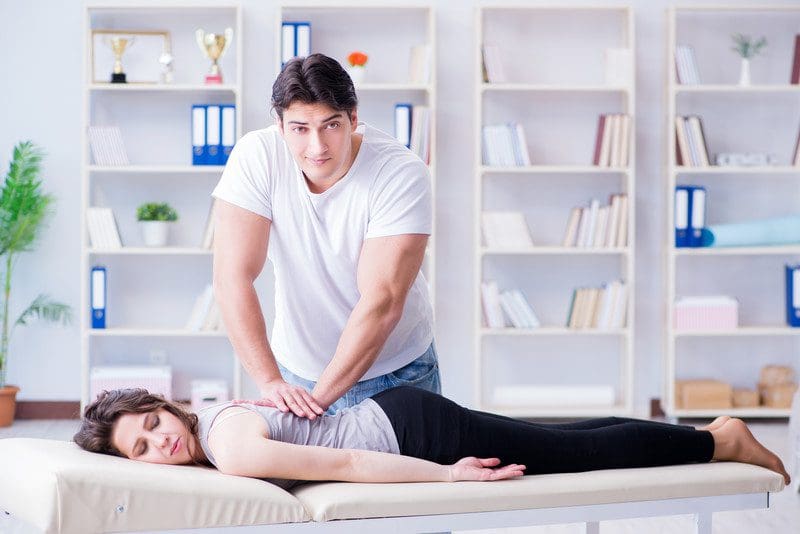
There are alternative treatments that ease symptoms of back pain. Always discuss the benefits and risks with a doctor before starting any new therapy.
- Chiropractic Care: A chiropractor adjusts the spine to ease the pain.
- Acupuncture: An acupuncturist inserts skinny sterilized stainless steel needles into the skin at specific points on the body. People report that acupuncture helps relieve their low back pain symptoms.
- Massage: When tense or overworked muscles cause back pain, massage can help.
- Yoga: There are various yoga styles, but all involve practicing specific postures/poses, breathing exercises, and relaxation techniques. Yoga stretches and strengthens muscles and improves posture. However, some of the poses might need to be modified if they aggravate back pain symptoms.
Surgery:
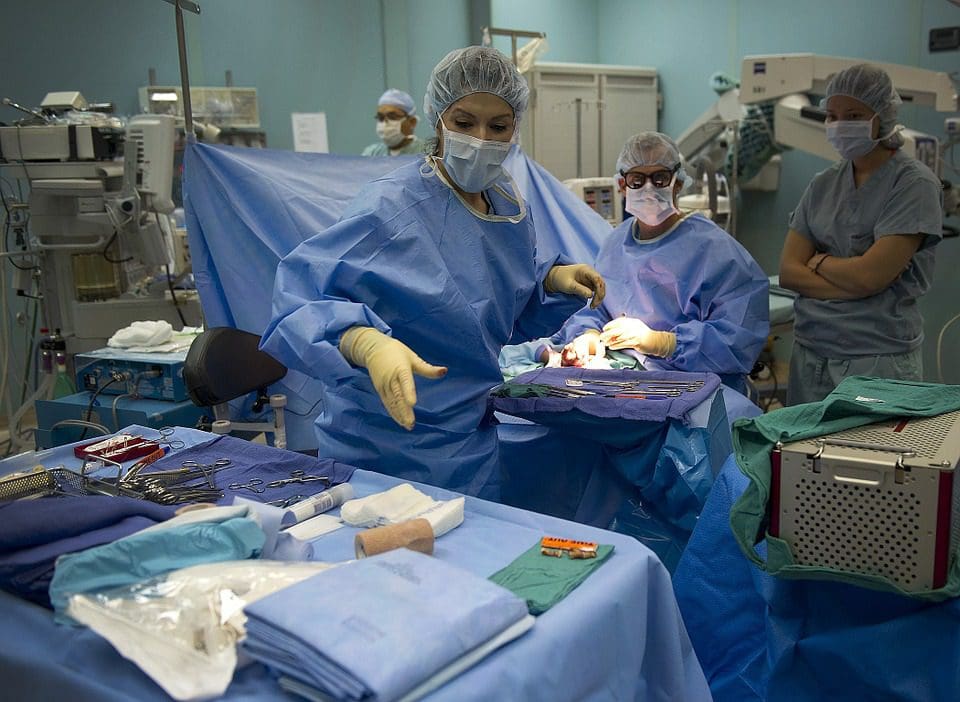
If there is unrelenting pain associated with radiating leg pain or progressive muscle weakness caused by nerve compression, the surgery could benefit the individual. Otherwise, surgery is reserved for pain related to structural problems, i.e., narrowing of the spine (spinal stenosis) or herniated disc that hasn’t responded to other therapies.
Beware: Back Pain Remedy Products
Back pain is so common that numerous products have emerged promising to prevent or relieve back pain. But, there’s no real evidence that these special shoes, inserts, back supports, specially designed furniture, or stress management programs help. In addition, no known type of mattress’s best for people with back pain. It all depends on what feels most comfortable for each individual.
Appointment Preparation: Back Pain Treatment Specialist
If back pain lasts for a few days without improvement, make an appointment with a doctor. Information to help get ready for an appointment.
What To Do:
- Write key information, which includes mental or emotional stressors.
- List key medical information, including other conditions being treated and names and dosages of medications, vitamins, and supplements being taken.
- Note recent injuries that caused back pain or injury.
- Write down questions to ask the doctor.
- Take family or friends along for support and can remember something that was missed or forgotten about.
Back Pain Questions For The Doctor:
- What is the most likely cause of this back pain?
- Are diagnostic tests required?
- What treatment method is recommended?
- What medications could be taken, and what are the side effects?
- There are other medical conditions. What is the best way to manage them together?
- How long will treatment be needed?
- What self-care measures can be implemented?
- How to prevent a recurrence of back pain?
Doctor’s Questions:
A doctor will ask:
- When did the back pain begin?
- Does the pain affect the ability to function? If so, how much?
- Is the pain constant?
- What type of work, and is it heavy physical work?
- Exercise regularly? What types of activities?
- Sleep well?
- Are there other symptoms besides back pain?
- Is there depression or anxiety?
- What treatments or self-care measures have been utilized until now? Have any helped?
Chiropractic Clinic Extra: Back Pain Treatment
Post Disclaimer
Professional Scope of Practice *
The information on this blog site is not intended to replace a one-on-one relationship with a qualified healthcare professional or licensed physician and is not medical advice. We encourage you to make healthcare decisions based on your research and partnership with a qualified healthcare professional.
Blog Information & Scope Discussions
Welcome to El Paso's Premier Wellness and Injury Care Clinic & Wellness Blog, where Dr. Alex Jimenez, DC, FNP-C, a board-certified Family Practice Nurse Practitioner (FNP-BC) and Chiropractor (DC), presents insights on how our team is dedicated to holistic healing and personalized care. Our practice aligns with evidence-based treatment protocols inspired by integrative medicine principles, similar to those found on this site and our family practice-based chiromed.com site, focusing on restoring health naturally for patients of all ages.
Our areas of chiropractic practice include Wellness & Nutrition, Chronic Pain, Personal Injury, Auto Accident Care, Work Injuries, Back Injury, Low Back Pain, Neck Pain, Migraine Headaches, Sports Injuries, Severe Sciatica, Scoliosis, Complex Herniated Discs, Fibromyalgia, Chronic Pain, Complex Injuries, Stress Management, Functional Medicine Treatments, and in-scope care protocols.
Our information scope is limited to chiropractic, musculoskeletal, physical medicine, wellness, contributing etiological viscerosomatic disturbances within clinical presentations, associated somato-visceral reflex clinical dynamics, subluxation complexes, sensitive health issues, and functional medicine articles, topics, and discussions.
We provide and present clinical collaboration with specialists from various disciplines. Each specialist is governed by their professional scope of practice and their jurisdiction of licensure. We use functional health & wellness protocols to treat and support care for the injuries or disorders of the musculoskeletal system.
Our videos, posts, topics, subjects, and insights cover clinical matters and issues that relate to and directly or indirectly support our clinical scope of practice.*
Our office has made a reasonable effort to provide supportive citations and has identified relevant research studies that support our posts. We provide copies of supporting research studies available to regulatory boards and the public upon request.
We understand that we cover matters that require an additional explanation of how they may assist in a particular care plan or treatment protocol; therefore, to discuss the subject matter above further, please feel free to ask Dr. Alex Jimenez, DC, APRN, FNP-BC, or contact us at 915-850-0900.
We are here to help you and your family.
Blessings
Dr. Alex Jimenez DC, MSACP, APRN, FNP-BC*, CCST, IFMCP, CFMP, ATN
email: coach@elpasofunctionalmedicine.com
Licensed as a Doctor of Chiropractic (DC) in Texas & New Mexico*
Texas DC License # TX5807
New Mexico DC License # NM-DC2182
Licensed as a Registered Nurse (RN*) in Texas & Multistate
Texas RN License # 1191402
ANCC FNP-BC: Board Certified Nurse Practitioner*
Compact Status: Multi-State License: Authorized to Practice in 40 States*
Graduate with Honors: ICHS: MSN-FNP (Family Nurse Practitioner Program)
Degree Granted. Master's in Family Practice MSN Diploma (Cum Laude)
Dr. Alex Jimenez, DC, APRN, FNP-BC*, CFMP, IFMCP, ATN, CCST
My Digital Business Card

